Orchid is a flowering plant that is bought by millions of housewives across the planet. But beauty requires sacrifice, because caring for this crop at home during flowering is very difficult. If you treat the breeding responsibly, then the exotics will please with budding. A flower, when leaving, can bloom 2 times a year: in the autumn and spring. This is a rather capricious culture, the second time it can bloom only if a number of care rules are observed. The plant loves a lot of space, which flower breeders are not always informed about.
Content
The necessary conditions
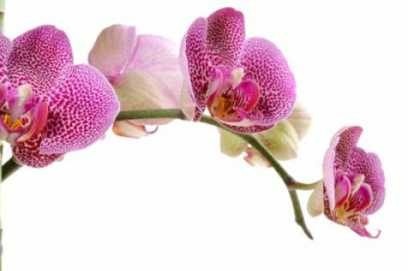
The color frequency of the plant depends on the implementation of special care rules. Rules for orchid care at home during flowering:
- The age of the flower. If the purchased plant does not bloom, and it is in no hurry to please with a color arrow, it may be still very young. Different varieties bloom between the ages of one and a half to three years. To understand that the plant is an adult, you need to calculate the number of shoots. An adult orchid prepared for color should have 5-8. If the flowers on the plant are formed earlier - this is bad. This is explained by the fact that a young flower may not have enough strength to recover from the color, and it will be ruined.
- You can’t move the flower. Culture does not like even weak movements. Gives a reaction to the location of the illuminated part of the room. Therefore, if you want to move the exotics, you need to put it on the same side to the light, which he stood earlier. Do not move the orchid when watering. Movement negatively affects the crop, especially during the period of the appearance of the peduncle. No need to turn.
- The roots. It is clear that the root system of the flower takes an active part in photosynthesis, so you need to monitor that there is enough light for the roots. So once again you can’t rearrange the pot, you need to take care of the roots in advance. So, instead of ceramic containers, it is better to use transparent plastic pots with drainage. You can not take for planting pots with uneven walls, since the root system can grow to them. The roots can be deformed, which will harm the plant.
- Shine. Without a full day, the flowers will not bloom. Therefore, in the cold season, when there is a shortage of light, orchids should be highlighted with phytolamps. They are important for adding light: they illuminate brightly without overdrying the air. If a flower stalk is formed in the cold season, then everything must be done so that it does not die due to lack of lighting. Without phytolamps, the peduncle can die in the dark season. If it is impossible to fully illuminate, it is necessary to organize artificial lighting for the arrow's tip. The main thing is that the orchid does not overheat.
Caring for a flowering orchid provides for a difference of several degrees between the temperature indicators day and night. Therefore, in order for the plant to bloom, at night the temperature should be 4-6C lower than during the day. Naturally, creating these conditions is difficult. However, from the last days of April to September, orchids can be taken out to the street, where the difference is natural. In the coldest season, when home plants should already be warm, it is important to ventilate the room regularly. Just do it carefully, remembering that an orchid from drafts can die.
There are some exceptions. When the flowers bloom, no watering is necessary at all for 30 days. In nature, after color, the crop begins to seed. They fly away in dry weather, but not in the rainy season. Therefore, it is necessary to create conditions that are closest to natural ones - then the culture will grow healthy and will delight in color more often. Before and during the color, water should be watered most intensively. During the period of calm, exotics with dense foliage and the presence of pseudobulbs should be watered according to the basic principle (once every one and a half weeks).
If the level is in short supply, the flower may stop growing or buds and flowers that have not had time to blossom on it will dry. To increase the moisture level in the room where the crop grows, you can place a plate of water near the pot. When batteries work at home, the crop should be sprayed. A suitable level for exotics is from 60% or more.
For feeding, phosphorus-potassium compounds should be used, since they stimulate the formation of flower buds. The use of such top dressing is a guarantee of the formation of healthy, strong and juicy flowers in a plant culture. But nitrogen-based fertilizers do not get carried away correctly.
It’s good to scare orchids. Sometimes, to make a plant bloom, it must be invigorated. It happens that the florist does everything according to the rules, but the plant does not bloom in any way. This is due to the fact that the culture is very good. In this situation, the orchid directs all forces to the formation of greenery. One of the methods of stimulation is to cause a “shock”: moderate the watering or rearrange the flower in the coolest room.
During the flowering period, the exotic looks great. But you can only enjoy beauty if you look after it properly.
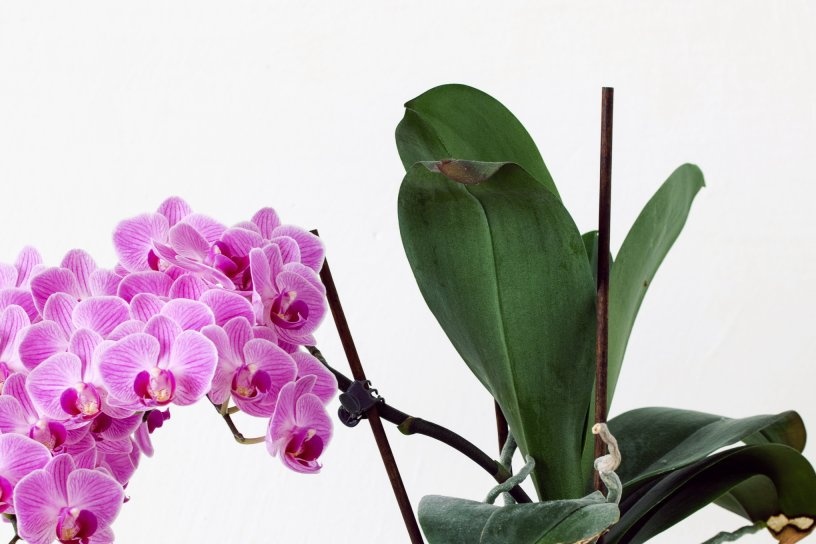 You may be interested in:
You may be interested in:Bloom and color duration
Flowers are a spectacular moment in the life of a plant culture. At this time, the orchid forms 7-80 large buds (it all depends on the variety), which smell incredibly. Flowers can have a variety of shades. If there are many buds, the peduncle may need support, or the stem will break. If you conduct competent care for a blossoming orchid at home, then the plant will bloom three times a year. Color time takes several months. After some buds fly around, fresh ones can form. This situation can occur several times.
The duration of the color period will depend on the variety to which the plant belongs. It should be understood that only adult plants, which are 1.5 years old, can produce buds. It is also necessary for a quality color to have the proper amount of green mass: the leaves should be about 5-6, and their appearance should not be painful.
Blooming at a young age is dangerous for the orchid. Since the formation of the flower itself is not completed, and further opening of the buds may become problematic for the exotic, and it will be ruined. Orchid flowers must be cared for carefully and with special love.
Is it allowed to artificially stimulate
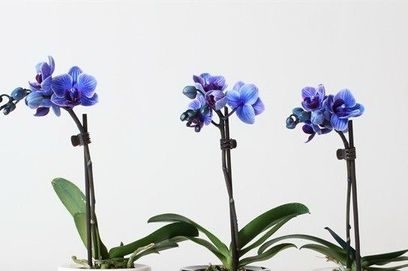
You should not artificially stimulate the color of a young orchid, because the probability of plant death is high. However, there are several ways to help the flower bloom, provided that the orchid is healthy and well-groomed. Methods of stimulation:
- Organize the temperature difference, at night, sending the plant to the coolest place, and in the morning to the warm. After a stressful situation, peduncles often appear.
- Make changes to the watering system.
- Apply additional formulations, such as “Bloom”, “Bud”, “Ovary”.
Experienced gardeners use a hot shower as a means of stimulating color. The process consists in rinsing the crop under running water with a temperature of 40-45C. 2-3 sets of 10 seconds with breaks of 15-20 minutes, almost always, help to invigorate a spectacular exot. Sensing danger, the plant seeks to leave offspring, throwing peduncles. This technique is dangerous and is used in extreme cases.
Flowering Care Feature
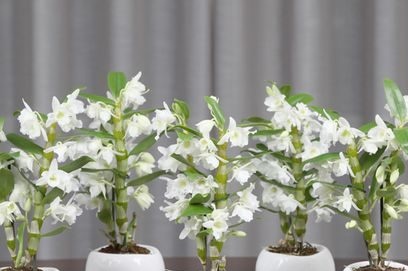
In the sinuses, between the foliage, on the stem part of the orchid, there are sleeping buds, which under close to natural conditions (with full care) can form before the peduncle or give lateral processes. It happens that inexperienced flower growers can confuse flower stalks with aerial roots. It is important to remember that the flower-bearing arrow is always formed from a growth point. The flower stalk can bend a little strange at first, and later stretch out, and quite high. At the top of the arrow bulbs are formed, which are subsequently revealed by spectacular buds.
Orchid is a picky plant. It is necessary to conduct proper care and understand what to do next to prolong flowering. Features of care are as follows:
- Care before flowering. During dormancy, before the plant blooms, care measures include regular watering, maintaining optimal levels of light, temperature and humidity, and fertilizer. If the orchid was replanted, then you need to water it immediately. Boil water for boiling and add potassium or magnesium to it as a make-up. It is better to put a container with the plant in the prepared solution and hold for half an hour. Then watering should be carried out as necessary after the complete drying of the earth.
- In the color period. When the orchid bloomed, before the buds opened, you need to water the flower well and irrigate the aerial roots with warm water. A lack of moisture can cause the flower stalk to dry out. The air around the blossoming flower should be moistened and cleaned, so you need to ventilate the room, but without drafts. When the buds open, cut watering.
- Care after color. After the flower fades, the old flower stalks must be cut so that new ones can form. Do not rush with this, you need the arrows to dry well, otherwise the pruned orchid may get sick. Orchids spend a little time to recover, blooming again. In this regard, after the color you need to fertilize the plant. This will provide an opportunity to gain strength faster and grow stronger.
Between flowering intervals, care for the flower should be in normal mode.
The best way to prolong the flowering of orchids is to fully care for the plant. Any violation can provoke the death of an orchid or the absence of flowering. Factors that allow you to control the color process:
- Different values of the temperature regime day and night.
- The duration of the daylight, that is, increasing it if necessary.
- Compliance with care measures.
You can control the color process from the moment buds are formed until the last flower is fully revealed. Orchid needs special care, patience and care will make it possible to grow a plant and provide flowering.
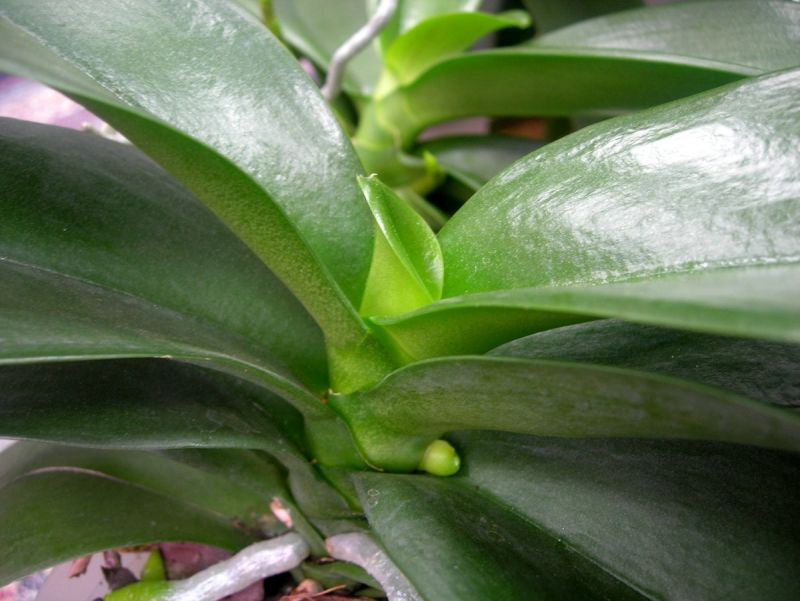 You may be interested in:
You may be interested in:Possible problems
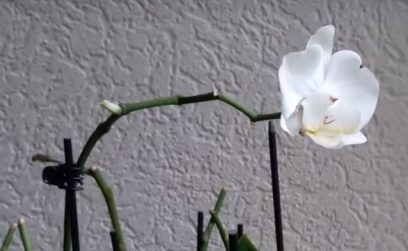
Orchid is a very delicate culture (especially when it blooms), and even with proper care, unfortunately, problematic situations may arise. The main problems are as follows:
- Buds wither - the reason may be hiding in the air temperature too low or in reinstalling to another place.
- Dark spots formed on the flowers - the reason is an overabundance of water when watered, the water should only wash the foliage.
- Brown rot - is formed when the plant is excessively moistened, you must immediately take measures to save time - cut off all damaged areas and treat the places with charcoal.
- Gray rot is a fungus, it is urgent to treat the whole plant with a fungicide.
- An invasion of insects, the more common - scab, spider mite, mealybug - will need to be treated with Actellik or Fitoverm.
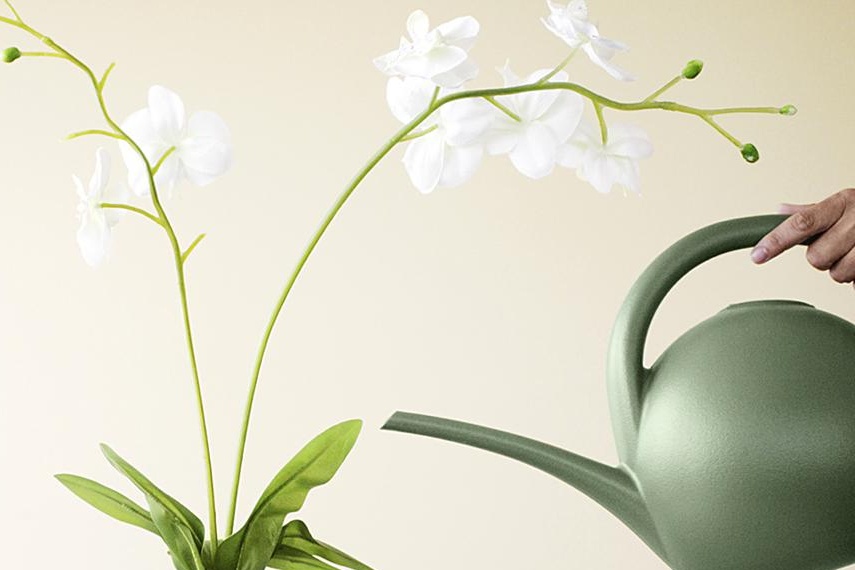 You may be interested in:
You may be interested in:If the orchid has not bloomed and the reason is not clear, it is correct to consult with experienced gardeners.
Violation of the conditions does not provide conditions for the proper growth of the flower. It is necessary to observe the conditions:
- Watering.
- Feeding.
- Moisture level.
- Lighting.
- Temperature.
- Location.
What can be concluded - a blooming orchid is demanding in cultivation. Non-observance of the rules of care can even provoke the death of a flower. Not to mention that the orchid may not bloom at all. However, after all, the very process of caring for such an exotic can already be a pleasure.

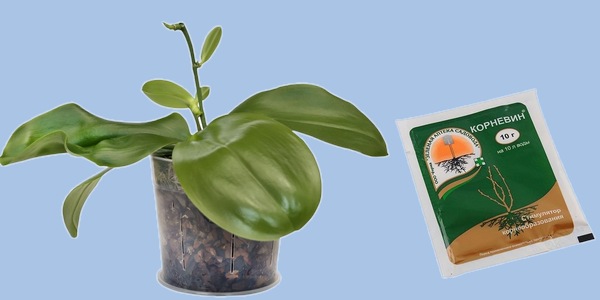
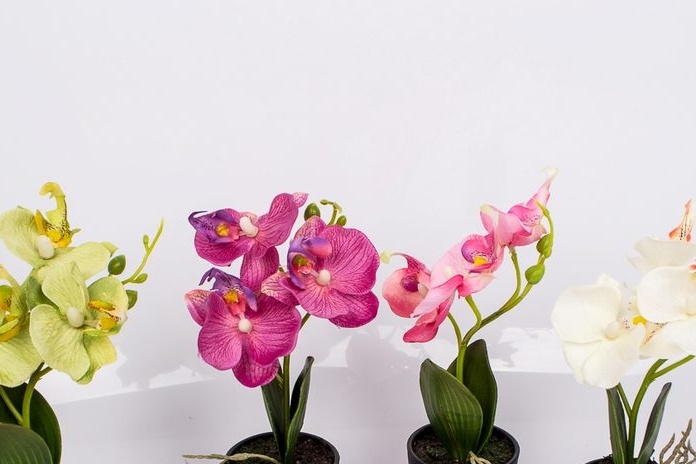
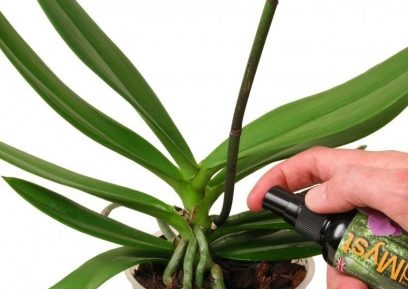
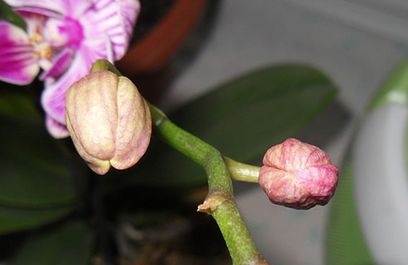 Reasons why orchids fall flowers and what to do
Reasons why orchids fall flowers and what to do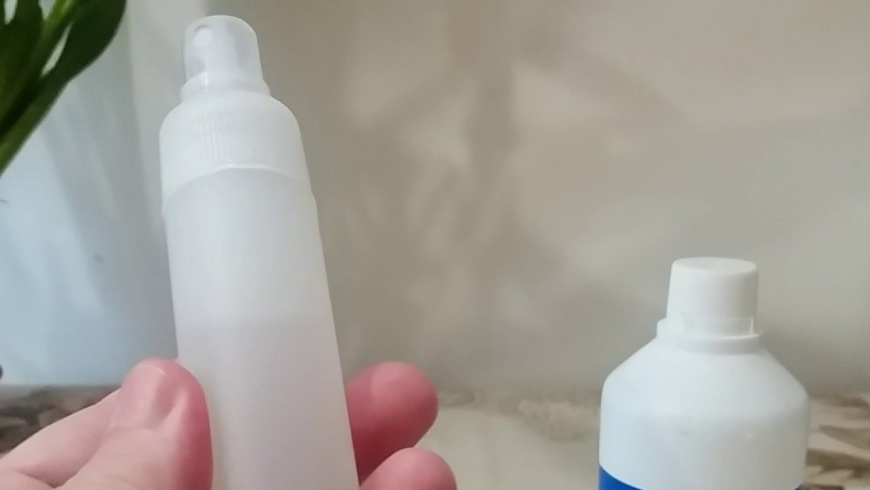 How to use hydrogen peroxide for orchids and why
How to use hydrogen peroxide for orchids and why Midges are wound up in the orchid: effective ways to get rid
Midges are wound up in the orchid: effective ways to get rid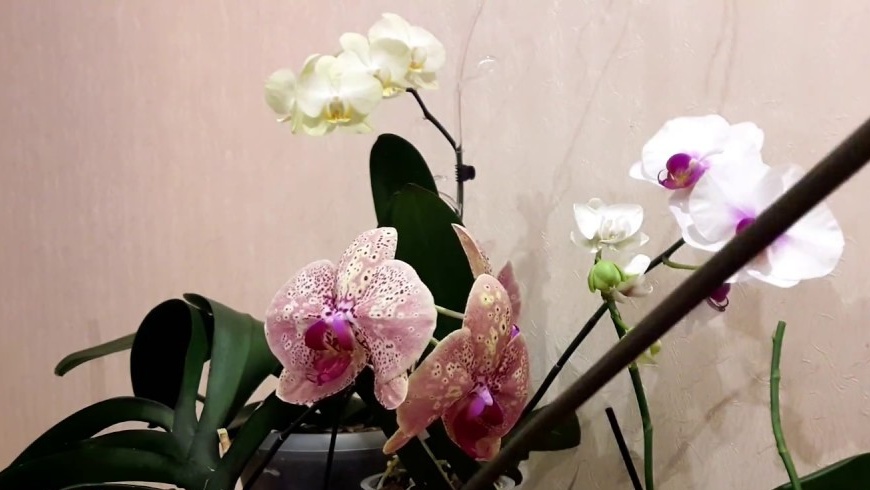 Is it possible to transplant an orchid during flowering
Is it possible to transplant an orchid during flowering